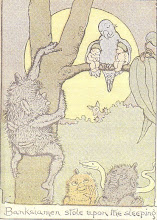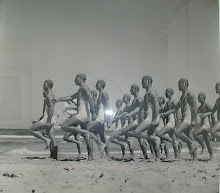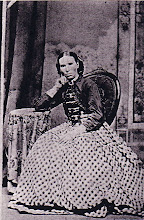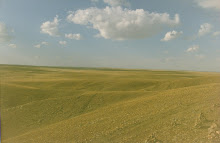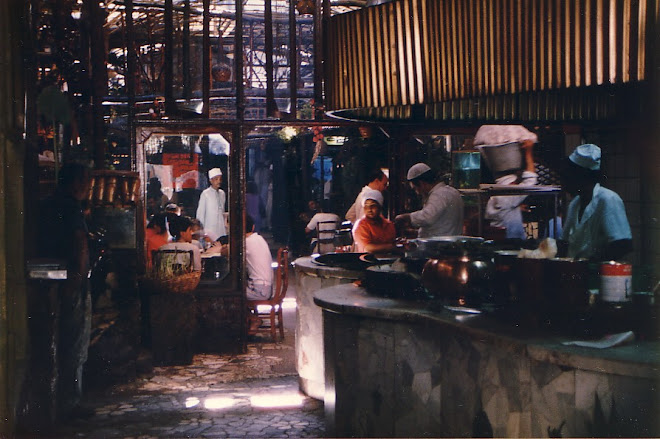Did you ever rummage through junk shops in the hope of finding a lost 'treasure'? I think it's a deep-seated thing in human nature.
The only such discovery I've ever made was in a second-hand store - a Galle art glass vase, supported on a gilt bronze organic form. Not unlike the Degue example below, but with the bowl 'organic' in the same mode of the stand.
Being a student at the time and financially challenged, I sold the vase the very same day to an antique dealer friend for forty times what I'd paid for it. And it appeared the following day in his smart shop window - centre-stage and spot lit - with a three-fold marked up price tag.
Now this discovery rush can be experienced second-hand.
Like when I read about the finding by Bedouins of the roughly 1000 Dead Sea Scrolls at Qumran in 1947 and 1979. Hidden in jars in remote caves in mountains, they were copies of religious and other documents from before 100 AD.
The latest of these rushes I've had was when I heard about the discovery four years ago of the masterpiece 'Tres Personajes' (1970) by legendary Mexican artist Rufino Tamayo - in trash in a New York street.
Doing unrelated research on the 'Antiques Roadshow FYI' website in the 'Missing Masterpieces' segment, the finder saw her oil painting and contacted its earlier owner - it had been purchased at auction in 1977 and stolen in 1987.
In November 2007, the real owner achieved $1,049,000 at Sotheby's auction sale, with the finder (Elizabeth Gibson) happily getting a substantial reward - $15,0000 plus a percentage of the action sale!
Emily Genauer, art historian and author of the most important work on the artist in English, has said of the artist:














































![C18 Bronze Buddha [Southern China]](http://4.bp.blogspot.com/-pg5AYBcdb0k/VY-W9bzdjcI/AAAAAAAAE4U/pxWiGKSBIls/s1600/Buddha%2B%255BBronze%252C%2BC18%252C%2BChina%255D%2B1.jpg)




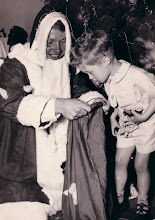






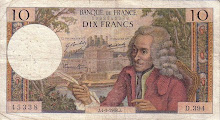
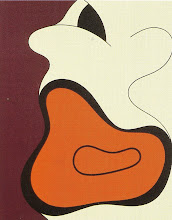+1998+Cropped.jpg)
